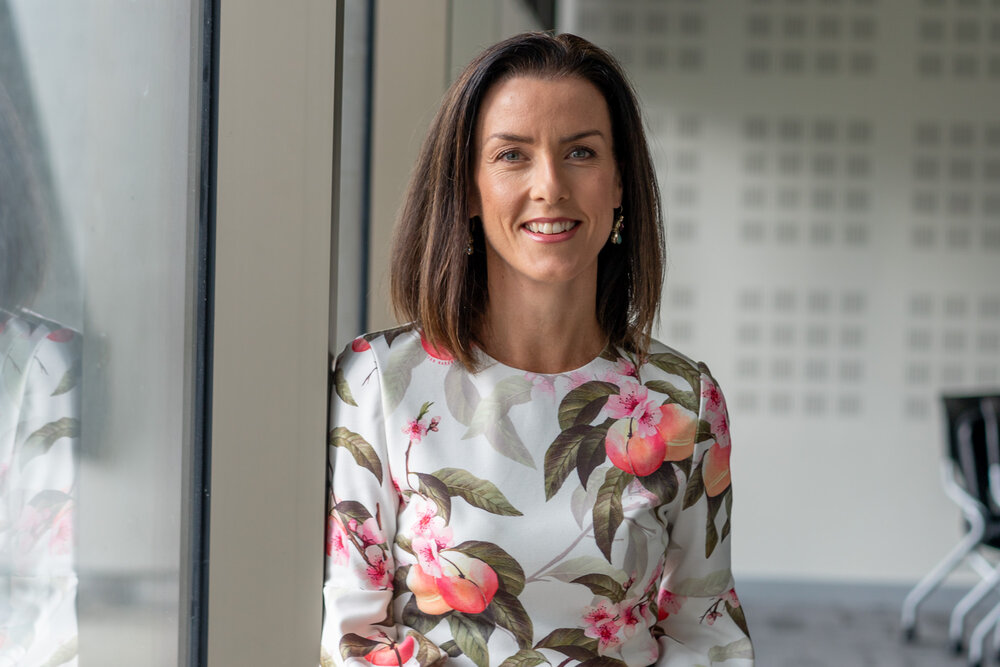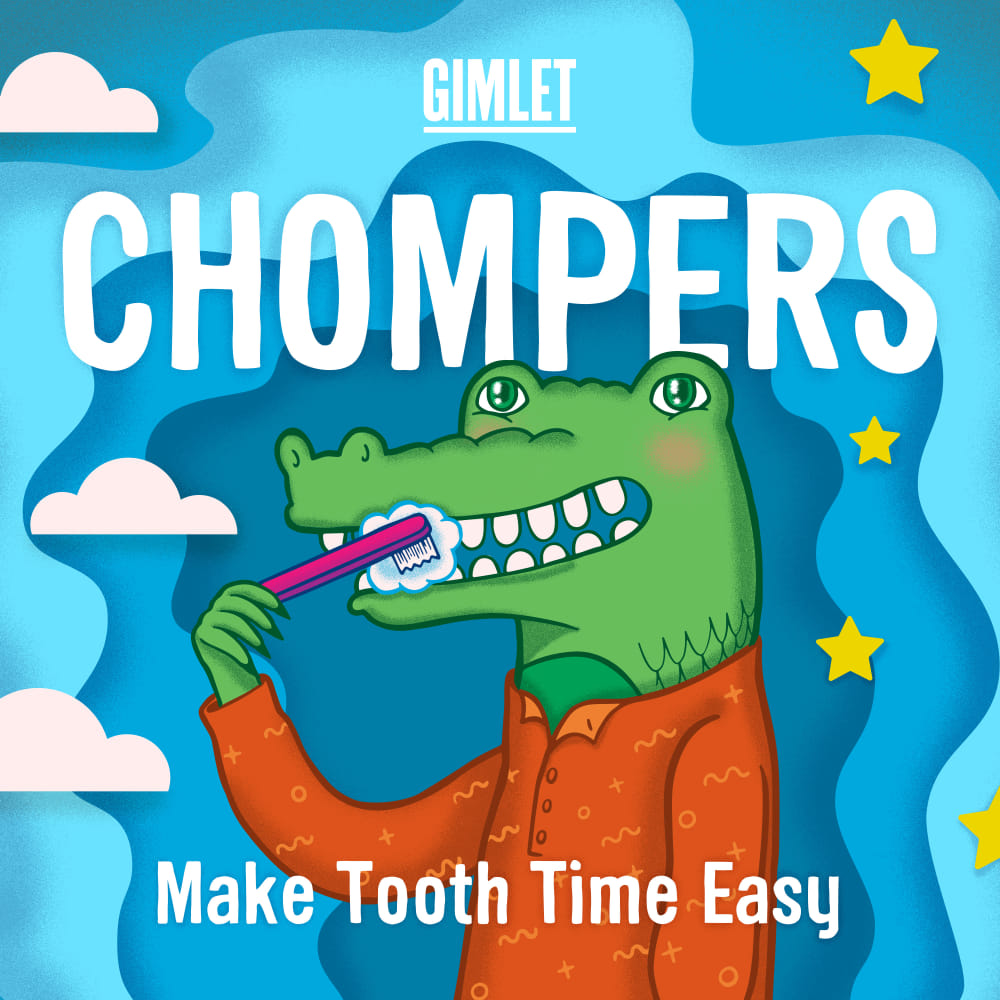I recently caught up with Kellie Riordan from Deadset Studios to discuss the future of podcasting and the creative ways that individuals and businesses can use audio content in their brand communications.
It was an interesting conversation and great to talk to someone who is equally as passionate about audio content as I am!
So let’s dig into audio content a bit more so we can get a better handle on what’s happening in the space …
If you’re wanting to build a business or personal brand, audio-on-demand can be effective in helping you stand out from the pack.
Of course, podcasting is the main format we think about when it comes to audio content. It’s a pretty powerful proposition to literally host our own online ‘radio show’ that demonstrates our expertise and builds knowledge leadership in a way that’s pretty intimate compared to other mediums.
And while podcasting rightly so is seen as the ‘Big Kahuna’ when it comes to audio content, there are other elements of the medium we’re now seeing come into play, which is pretty exciting.
For example, Clubhouse, an audio-only app (iOS only at the time of writing this article) that has really taken off in the past nine months or so and is building serious momentum.
But where do you start if you’re wanting to incorporate more audio into your marketing mix?
Let’s look at some different formats for audio first, so you can decide which one might be a good fit for your brand and what you’re looking to achieve.
Podcast and audio format options
A lot of people assume a podcast is all about people sitting at a microphone and talking, whether it’s an informal conversation or a more structured interview. And that is definitely a podcast format, one that is very popular. But we’re seeing a new movement, one that Kellie refers to as “podcast 3.0”.

This is the moment we’re in right now, she says.
According to Kellie, looking back, you can think about podcast 1.0 as being the infancy phase, which started around 2004. There weren’t a lot of podcasts at that point, and the mechanics surrounding publishing and listening to them was a little clunky too.
The second phase (2.0), Kellie says, kicked off around 2014 with the release of blockbuster podcasts such as Serial (from the team at This American Life). The popularity of these podcasts coincided with Apple making the little purple podcast button native on every iPhone.
These two things happening at the same time – high quality podcasts and the ubiquity of the app – saw the humble podcast’s popularity explode.
With podcast 3.0, as Kellie explains it, we’re seeing a maturing of the market, with the introduction of different audio formats. We’re also seeing Hollywood getting in on the audio act.
If you think about television: Gogglebox is a show where we watch people sitting in their lounge room in front of a TV, listening to what they think about what they’re watching on ‘the box’. That’s a format, and it’s different from other TV chat shows, for example.
Different examples …
Back to audio: Kellie gives the example of My Dad Wrote a Porno, which is a pretty well-known podcast. It features three comedians who read a whole amateur erotic novel, titled Belinda Blinked, which was written by one of their dads under the pen name Rocky Flintstone. They read the novel chapter by chapter, and kind of “take the mickey” out of it along the way. That’s a format, and it’s different that pretty much every podcast out there.

She also mentioned QCode Media, which produces scripted audio content that simulates the movie experience… only it’s just in your ears.
And yet another example of podcast innovation is the ABC’s Short and Curly, a show about ethics for kids.
According to Kellie, Short and Curly has a really distinctive format.
“There’s two hosts, Carl and Molly, and they kind of have a little pantomime at the beginning. So there’s a little scene where they’re interacting about a conundrum and it’s kind of like, ‘Oh, should we really kill animals and eat them? Like, is that ethically dubious?’ And then they’re joined by an ethicist who plays the role of unpacking the ethics for them.
“There’s a cute little pause function where we say ‘hit pause now’ and discuss this ethical conundrum with your family. And we give them some thinking music. There’s an element that we call the brains trust, where we go into schools and we interview kids about what they think of this ethical conundrum.
“And so you can see how put together, that is a format that isn’t two people behind a microphone just talking,” says Kellie.
So there are so many great formats now that are really exciting. And that’s the experimentation that we’re seeing in this, what I’m calling podcast 3.0.”
KELLIE RIORDAN
Live streaming
Another innovation we’re seeing around podcasting is live streaming, with podcasters increasingly live streaming their show in order to expand their audience reach.
Speaking of live streaming, one trend I’m noticing is where people who have been doing live streams are now producing full-on shows with intros and guests. They might also have a magician, or they’ve got a keyboardist who pops in and introduces things, almost a “Tonight Show” feel to it. Format innovation is bobbing up everywhere!
(READ MORE: Want to build your personal brand using live streaming? Why not create a regular show?)
Just to show it’s not all one-way traffic, some live streamers are also turning their shows into podcasts.
Now, not all podcasters want to go to the effort of live streaming their show because, let’s face it, the live aspect simply adds a layer of complexity and pressure for all concerned.
But that doesn’t mean they’re shying away from video! More and more we’re seeing podcasters record video as well. This tends to work best for the traditional one-to-one interview format. I’m recording video these days for my podcast, Reputation Revolution (see below).
So as we can see, boundaries are being crossed all over the place!
But wait, there’s more!
There are short-run podcast series, which might be capped at 10 or so episodes and focus on a particular theme. Bulk produce the episodes, schedule them for publication, and start promoting!
There’s also short-form audio content, where you might record 5-minute practical tips, for example. These can be published as a podcast, or simply shared via social media (these audio files will needed to be turned into video using a tool such as Headliner.app as we still can’t upload audio files directly yet to the major social platforms).
These formats offer some ideas for you to consider as you bring audio content into your content marketing mix.
The key is: how can you use audio creatively stand out in your market and offer a unique perspective?
New take on the interview format
Once you’ve picked a format, you need to think about the type of content you want to include in your podcast, especially if you plan to interview others (a well-worn and still incredibly popular podcasting format).
Back to Kellie, whose track record speaks for itself. She is the former creative lead of the ABC’s podcast team, where she spearheaded numerous hit shows including Conversations, which is Australia’s most downloaded podcast.
I was interested to get Kellie’s take on the podcast interview format.
” … if you’re interviewing someone for that length of time, it has to have stakes. It has to have plot points. It has to have moments of highs and lows. You need to think carefully about how you place those moments so that you’ve got interest and intrigue across the whole interview”.
KELLIE RIORDAN
If you’re going to interview others and are keen to lift the standard of the end-result, Kellie recommends doing a bit of research to find out what your guest has not talked about before, and what some of the high points might be that you need to hit.

Also, think about the type of music you want to use, and where you’ll use it; think about how you want to structure your intro so that it’s compelling for the listener.
For example, Kellie likes to tell a story upfront. So she might start by saying, “When Kate Morris was 21, she was sitting in her garage, packing boxes of cosmetics on her own … and she remembers the moment she burst into tears and thought, I cannot keep going.” And by now, the listener is on the journey. They’re hooked!
(Kellie interviewed Kate Morris, founder of the wildly successful Adore Beauty, on her own podcast, Curveball – you can check it out here, episode 7).
Bottom line is – no matter what format you choose, the more you pre-plan it, the better the result will be.
So while you consider a podcast as an option, let’s also discuss how you might use audio in other ways within your business.
Other audio ideas
If you look at the statistics around audience consumption of podcasts – in Australia it’s roughly 30% -35% of the population listening regularly.
But those people who are listening, tend to listen to six episodes a week. And when you think about the average length of a podcast, which is between 35-55 minutes, that’s a lot of time. It’s highly sticky and it’s deep engagement with an audience. N.B. Australia’s podcasting trends are quite similar in many ways to podcast consumption in the US and the UK.
What this means is that people are in the habit of listening to audio content; those who listen to podcasts listen to a lot of podcasts.
But it’s no longer just about podcast content.
People can now listen to live radio via a mobile phone app; they can jump on Clubhouse and listen to a people talking about a topic they are interested in. Pretty soon, they’ll be able to do the same thing on Twitter, using Spaces.
And some digital course creators are ditching video and selling audio-only products to consumers.
(Check out Soundwise in action to see how independent publishers are using the platform to “sell their audios, spread their knowledge, build their business, and change the world”).
Kellie gives the example of the New York Times.
“It’s no surprise that one of the tech companies that the New York Times has bought is a company that uses AI to transform their long-form New York Times articles into audio.”
(You can also listen to this article – audio player is located at the top of the post).
… and Pushkin.fm
“And then you’re seeing people like Pushkin, which is the production company that Malcolm Gladwell the author runs, and they are doing some really exciting things about blurring what an audio book is and what a podcast is, and sort of putting the two things together.”
Game changer: smart speakers
Kellie believes smart speakers are going to change the way we consume and absorb information too.
“I know myself that as soon as I got a smart speaker, I could say “Hey, play me ABC Brisbane.” And it will bring up that radio station. But I also ask it utility questions.”
KELLIE RIORDAN
Kellie gives the example of utility companies, which she believes have got a real opportunity to jump into that audio space so that people can say, “Hey Google, how am I going with my power this month?” And the smart speaker responds and says “You’re at 87% of your usual monthly spend.”
What if you were to build this type of audio content in a really conversational way?
Kellie says that having audio answer questions about your life — it could “potentially explode”.
Kids are using smart speakers to ask questions. They’ll say “Hey Google” or “Hey Alexa” and ask quiz questions, trivia, those sorts of things.
Kellie explains that we’re now seeing Amazon’s Alexa build skills around particular podcasts.
She gives the example of Gimlet Media, which produces a podcast called Chompers that helps kids aged 3-7 brush their teeth for longer.
Yes, you can listen to the podcast on your iPhone, but Mum, Dad or the children themselves can tell their smart speaker: “Alexa, start Chompers” – and the podcast will then run for the two minutes or so that kids have to brush their teeth. Pretty cool, huh?

It’s thinking about how you can use audio to slip into people’s lives around the things that they need to know or do in their everyday life. Once you open this door, there are heaps of options available for businesses, organisations and individuals to leverage the power of audio content in interesting ways.
Opportunity beckons
Audio content is thriving and it’s here to stay.
But watch this space … there’s a lot more to come, which spells O.P.P.O.R.T.U.N.I.T.Y. for brands, especially those that can get creative with the audio format, exploring different ways of producing podcasts that meet the needs of their audience.
P..S. If you haven’t yet checked out Kellie’s podcast Curveball – I recommend giving it a whirl. It’s an interview show, but with a freshened up format.



